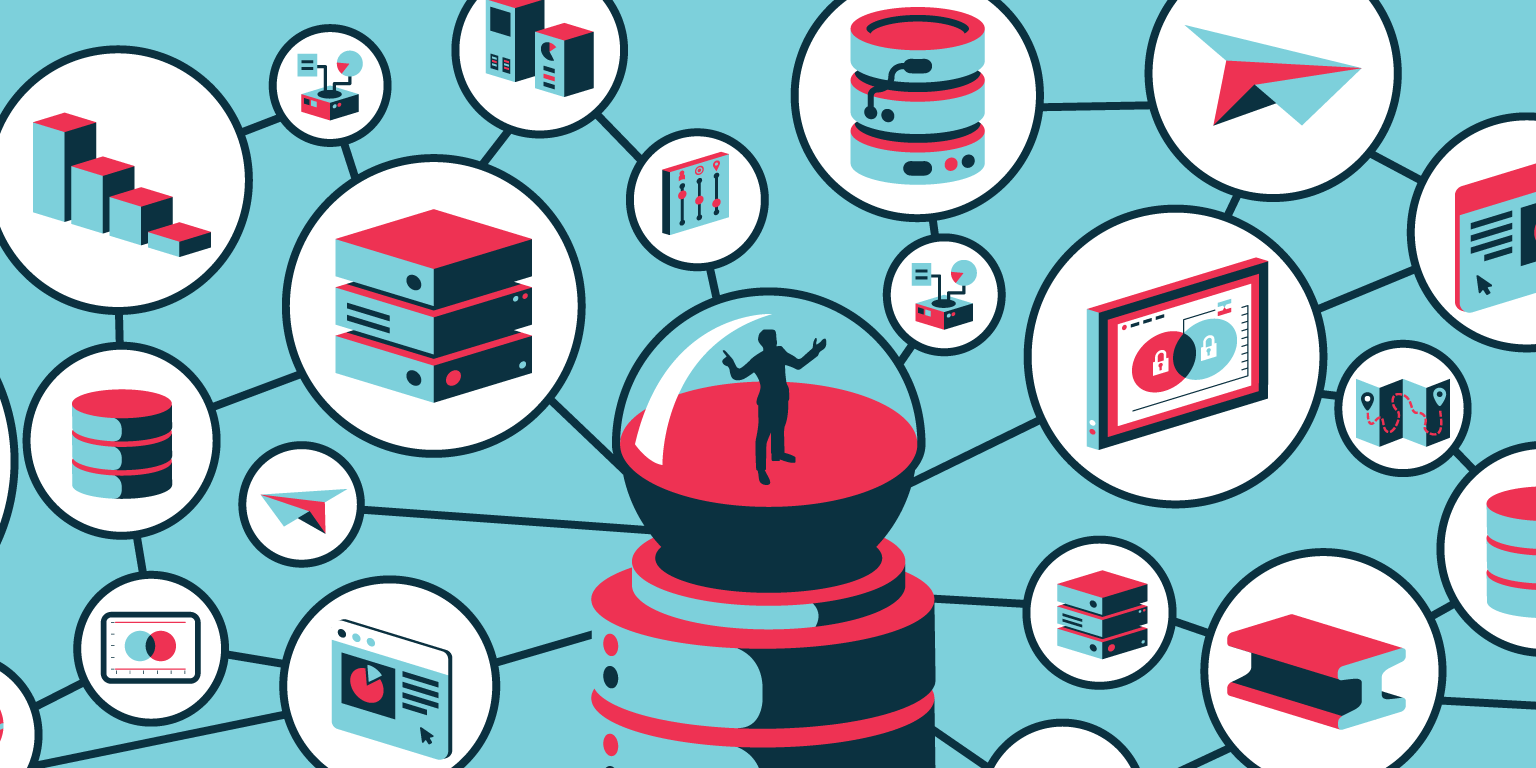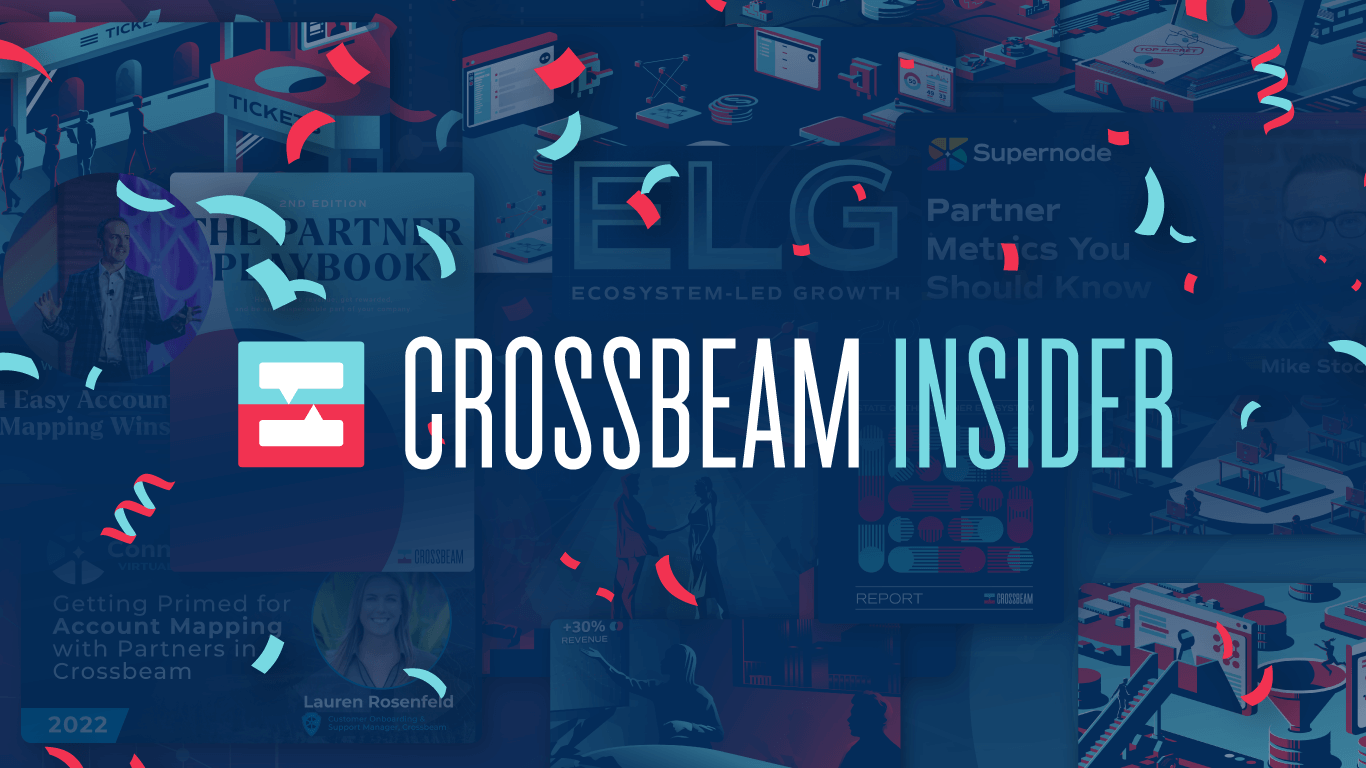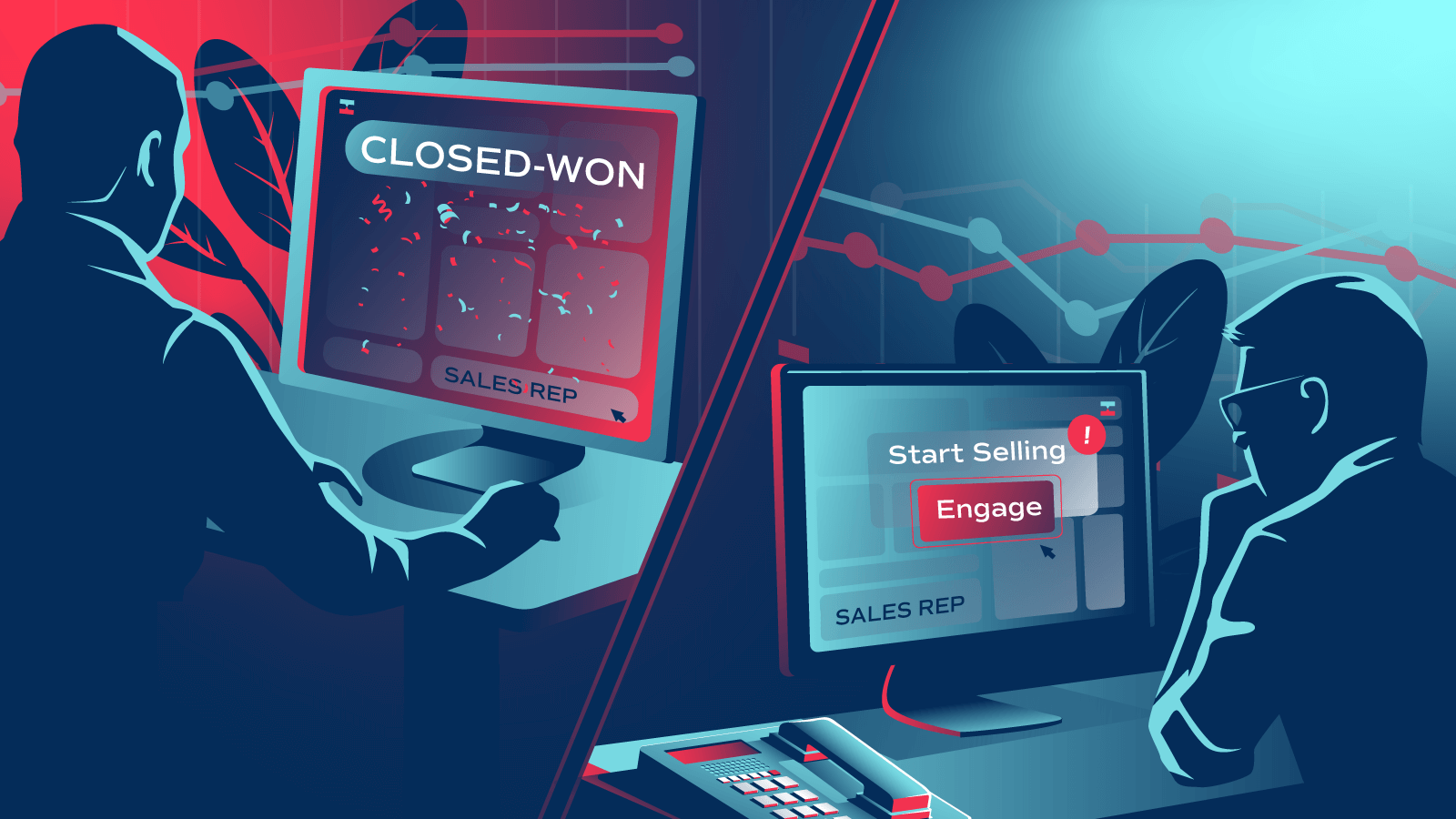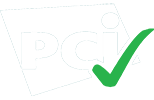So you’ve been made partner manager. Congrats! (We’re very happy for you.)
Before you know it, you’ll be exchanging spreadsheets and managing the expectations of a small but ever-growing group of partners. Each time you talk, you both exclaim “we should work together!” but like acquaintances that claim you should “get dinner soon”, it never seems to materialize. Eventually you’ll notice that while you are “busy” all of the time, you’re not quite sure where the hours are going and what results you’re driving.
Welcome to being a partner manager in 2020.
“It’s definitely been changing in the past one-to-three years,” says Segment senior partner program manager, Matt Lewis. Lewis, like many partner managers, has noticed how quickly partnership roles are being forced to scale—and that’s creating a demand for an entirely new skill set.
We live in the era of the ecosystem now: a series of interconnected, bi-directional relationships by multiple partners.

And that means that for each node in your ecosystem, the amount of work, documentation, calls, and marketing materials required goes up exponentially. Scale becomes your priority. A partner manager needs to not only be good at creating partnerships but also building and connecting all of the infrastructure required to scale a partnership program. To succeed, you’ll need to embrace what we’ll call “Ecosystem Ops.”
Ecosystem Ops is everything other than the person-to-person deal-making and integration building required of any partnership. It’s the groundwork. The support structure. The workflows and systems that enable you to quickly source and implement partnerships.
This includes:
Managing and scaling your partner tools
Media philosopher Marshall McLuhan once quipped “We shape our tools, and thereafter our tools shape us.”
Everything is scaling faster and that includes our tools and the companies we’re working for. Most SaaS tools embrace the freemium model: Easy to sign up and try, while still being flexible enough to serve massive organizations. (Think of how Slack is free… until you’re ready to take advantage of advanced features, and then it’s about $6 and up a seat). Because of these free-to-enterprise pathways, partner managers can easily collect a handful of low-cost tools for their partner workflow and scale with them.
The efficiency is good for getting started. But as you progress you’ll need more tools, more users, and more documentation to make it all hang together. Meanwhile, your partners will have their own tools and now the ecosystem can start to overwhelm you.
“Partnerships as a channel needs to mirror our customer adoption,” says Lewis about Segment, which has 19,000 customers. “The SaaS companies that are rapidly scaling their customer count will also have to scale their partnerships.”
You are no longer running a sales pipeline meeting. You’re putting programs together, building scalable marketing programs, buying software, and setting up workflows that allow for a self-serve model.
Below: A partner manager job listing. That’s a lot of skills.

Managing content
You’ll need to source (and sometimes produce) webinars, case studies, channel partner education materials, and more — aka “content.” And you’ll need to do it for sales enablement, your partner portal, and for existing customers.
Scaling content is another muscle that partner managers need and the second part of Ecosystem Ops. That typically means:
- A scalable methodology for deciding which partners and content will generate the highest return on your content efforts
- Creating content that is reusable for various kinds of partners
- Creating repeatable “playbooks” for your partners to easily execute
- One-pagers, PDFs, and case study templates which enable a partner to apply their branding and send to a prospect or customer
As any editor or writer can tell you (ahem) scaling content operations and workflows is its own set of tools and best practices.
Evaluating workflows
How do you keep your resellers educated? How do you avoid channel conflict? How can you figure out where to best dedicate your integration efforts? What is the best way to co-market your product? How do you hand off prospects to sales or marketing?
You’ll need to reach out on LinkedIn, book a call using Calendly, chat on Zoom, record the call in Chorus, update your touchpoints in Salesloft, refresh your reseller education materials in Allbound, drop a transcript in Google Docs, and connect partners in Slack.
Thanks to tools for Customer Relationship Management (CRM), Marketing Automation, Sales Enablement, Data Enrichment, Communications, and Partner Relationship Management (PRM), a modern partner manager has to be just as focused on workflows and technology as people and pipeline.
“In the past, the only product you needed to master was your own,” says Lewis. Now? You need to master the products that help you scale. Especially now that everything has an API (or at the very least, connects with a service like Zapier), you can get extremely creative.
Each of these questions is answered with a workflow, sitting on top of a dynamic technology stack. Partner ecosystem platforms (PEPs) and a constellation of supporting applications are becoming table stakes. Ignore them and you’ll be able to keep it simple with a spreadsheet. But you would be missing out on some massive efficiency gains.
“The absolute sharpest partner people I’ve ever worked with can understand the goals of your business, the goals of the partner, tie them together and then put hands to keyboards and build the workflow,” says Lewis. “Empowering those people with the right technology turns them into superstars.”
Turn your ecosystem into your #1 revenue source
Get started in under a minute. Instantly capture insights from your partners. Identify more opportunities. Did we mention it’s free?










